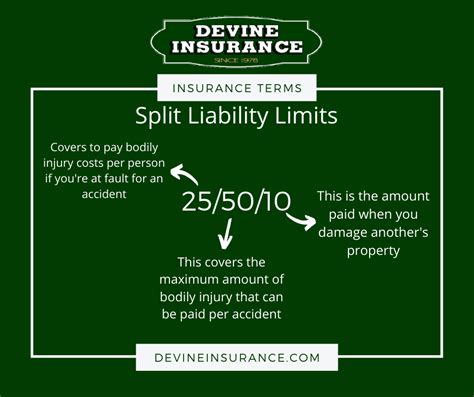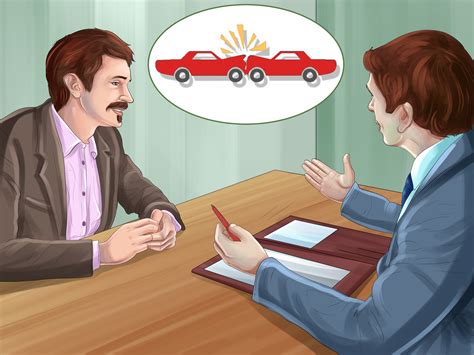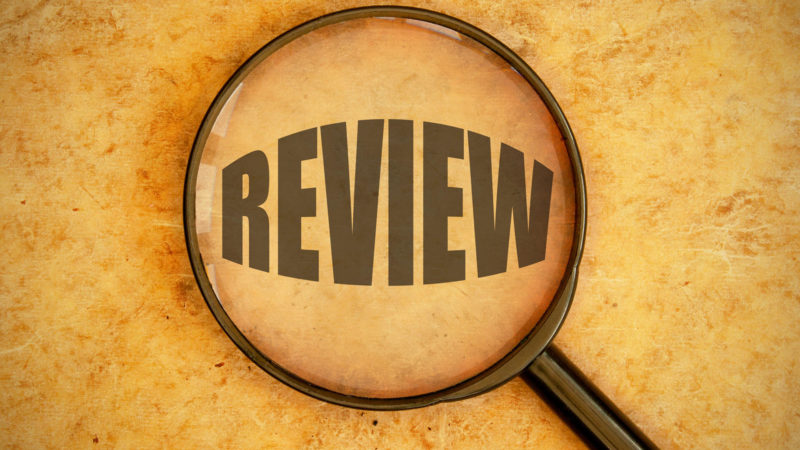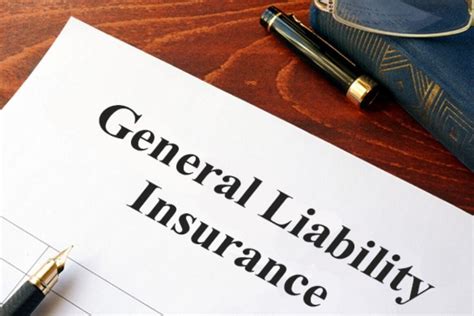Car Insurance Liability Limits

In the realm of personal finance and automotive security, understanding car insurance liability limits is essential. These limits dictate the extent of financial protection provided by your insurance policy when you're at fault in an accident. They are a crucial aspect of any insurance plan, offering peace of mind and safeguarding against potential financial ruin.
This article aims to demystify car insurance liability limits, providing a comprehensive guide to help you make informed decisions about your coverage. We'll explore the various aspects of liability limits, from their definitions and types to the factors that influence them and the steps you can take to ensure adequate protection.
Understanding Liability Limits

Car insurance liability limits refer to the maximum amount your insurance company will pay for bodily injury and property damage claims resulting from an accident for which you are held legally responsible. These limits are typically expressed as three numbers, such as 100/300/100, representing:
- Bodily Injury Per Person: The maximum amount the insurer will pay for the bodily injury of one person in an accident.
- Bodily Injury Per Accident: The maximum amount the insurer will pay for all bodily injuries resulting from one accident, regardless of the number of claimants.
- Property Damage: The maximum amount the insurer will pay for property damage in one accident.
For instance, in the example 100/300/100, the insurance company will pay up to $100,000 for bodily injury per person, $300,000 for bodily injury per accident, and $100,000 for property damage.
Types of Liability Limits

There are primarily two types of liability limits:
- Bodily Injury Liability: Covers the cost of medical expenses, lost wages, and pain and suffering for individuals injured in an accident for which you are at fault.
- Property Damage Liability: Covers the cost of repairing or replacing damaged property, such as another vehicle, fence, or building.
Some insurance policies may also offer uninsured/underinsured motorist coverage, which provides protection if the at-fault driver in an accident has insufficient or no insurance to cover the damages.
Factors Influencing Liability Limits
Legal Requirements
Each state in the U.S. has its own minimum liability limits that drivers must carry by law. These minimums are typically quite low and may not provide adequate protection in the event of a serious accident. For instance, the minimum liability limits in California are 15/30/5, which means 15,000 for bodily injury per person, 30,000 for bodily injury per accident, and $5,000 for property damage.
Personal Financial Risk
Your personal financial situation and risk tolerance are crucial factors when determining liability limits. If you have significant assets, you may want to consider higher liability limits to protect your wealth. For instance, if you own a home and have substantial savings, you may want to ensure your insurance coverage protects these assets in the event of a severe accident.
Cost of Living
The cost of living in your area can also influence liability limits. In regions with higher costs, medical expenses and property damage repairs can be more expensive, so higher liability limits may be necessary to cover these costs.
Type of Vehicle
The type of vehicle you drive can impact your liability limits. For instance, if you drive a luxury vehicle, the cost of repairs and replacement parts may be higher, so you may want to consider higher property damage liability limits.
Choosing the Right Liability Limits
When selecting liability limits, it’s essential to consider your specific needs and circumstances. Here are some tips to help you choose the right coverage:
- Evaluate Your Assets: Consider your net worth, including the value of your home, savings, investments, and other assets. You’ll want to ensure your liability limits are high enough to protect these assets.
- Understand Your Risk: Assess your driving habits and the likelihood of being involved in an accident. If you drive frequently in urban areas or have a history of accidents, you may want to consider higher liability limits.
- Compare Quotes: Get quotes from multiple insurance providers to compare prices and coverage options. This can help you find the best value for your specific needs.
- Consider Umbrella Policies: An umbrella policy provides additional liability coverage beyond your car insurance limits. It can be a cost-effective way to increase your protection and is particularly beneficial if you have substantial assets.
The Importance of Adequate Coverage

Having adequate car insurance liability limits is crucial for several reasons:
- Legal Compliance: Ensuring you meet your state’s minimum liability limits is essential to avoid legal penalties and fines.
- Financial Protection: Adequate liability limits protect your financial well-being by covering the costs of bodily injury and property damage claims, preventing you from having to pay out-of-pocket.
- Peace of Mind: Knowing you have sufficient coverage can provide peace of mind, allowing you to focus on your daily life without worrying about the financial consequences of an accident.
Real-Life Examples and Case Studies
To illustrate the importance of adequate liability limits, let’s consider a few real-life scenarios:
Scenario 1: Bodily Injury Claim
Imagine you’re involved in an accident where the other driver sustains serious injuries, requiring extensive medical treatment and rehabilitation. If you only carry the minimum liability limits required by your state, your insurance may not cover the full cost of these expenses. This could leave you responsible for paying the remaining balance, which could be substantial.
Scenario 2: Property Damage Claim
Suppose you accidentally collide with a luxury vehicle, causing significant damage. The cost of repairs exceeds your property damage liability limit. In this case, you may be responsible for paying the difference, which could be thousands of dollars.
Performance Analysis and Expert Insights
According to industry experts, many drivers opt for the minimum liability limits to save on insurance costs. However, this can be a risky strategy, especially for those with significant assets. Experts recommend reviewing your liability limits regularly and adjusting them as your financial situation and needs change.
Additionally, it's crucial to understand that liability limits are not a one-size-fits-all solution. Your specific circumstances, including your assets, risk profile, and the cost of living in your area, should all be considered when determining the appropriate liability limits for your car insurance policy.
| Category | Average Liability Limits |
|---|---|
| Bodily Injury Per Person | $100,000 |
| Bodily Injury Per Accident | $300,000 |
| Property Damage | $100,000 |

Future Implications and Industry Trends
As the automotive industry evolves, so too do the considerations around car insurance liability limits. With the rise of autonomous vehicles and the potential for increased accident rates, experts predict that liability limits may need to be reevaluated to account for these new technologies and risks.
Additionally, with the growing awareness of personal financial responsibility, more drivers are recognizing the importance of adequate liability coverage. This trend is likely to continue, with drivers seeking higher liability limits to protect their assets and ensure peace of mind.
Conclusion
Understanding car insurance liability limits is a critical aspect of responsible financial planning and automotive ownership. By evaluating your individual needs, understanding the factors that influence liability limits, and regularly reviewing your coverage, you can ensure you have the protection you need to drive with confidence and peace of mind.
What happens if I cause an accident with damages exceeding my liability limits?
+
If the damages from an accident exceed your liability limits, you may be held personally responsible for the remaining amount. This could lead to significant financial strain and, in some cases, bankruptcy.
Are liability limits the same for all drivers in a state?
+
No, liability limits can vary significantly between drivers. Factors such as driving history, age, and credit score can influence the liability limits offered by insurance providers.
How often should I review my liability limits?
+
It’s recommended to review your liability limits annually or whenever your financial situation or personal circumstances change significantly. This ensures your coverage remains adequate and aligned with your needs.
Can I increase my liability limits without increasing my premium significantly?
+
Yes, in some cases, you may be able to increase your liability limits without a substantial premium increase. This often depends on your driving history, the insurance provider, and the specific coverage you choose.
Are there any situations where higher liability limits may not be necessary?
+
For drivers with limited assets and a low risk profile, the state-mandated minimum liability limits may be sufficient. However, it’s always advisable to consult with an insurance professional to ensure you have adequate coverage.



